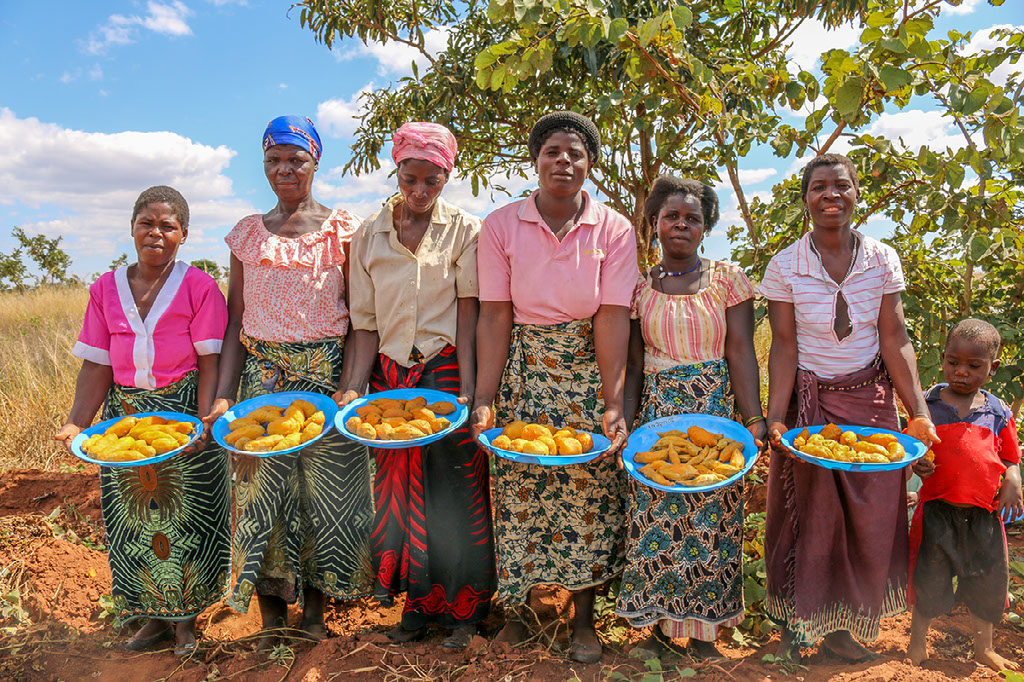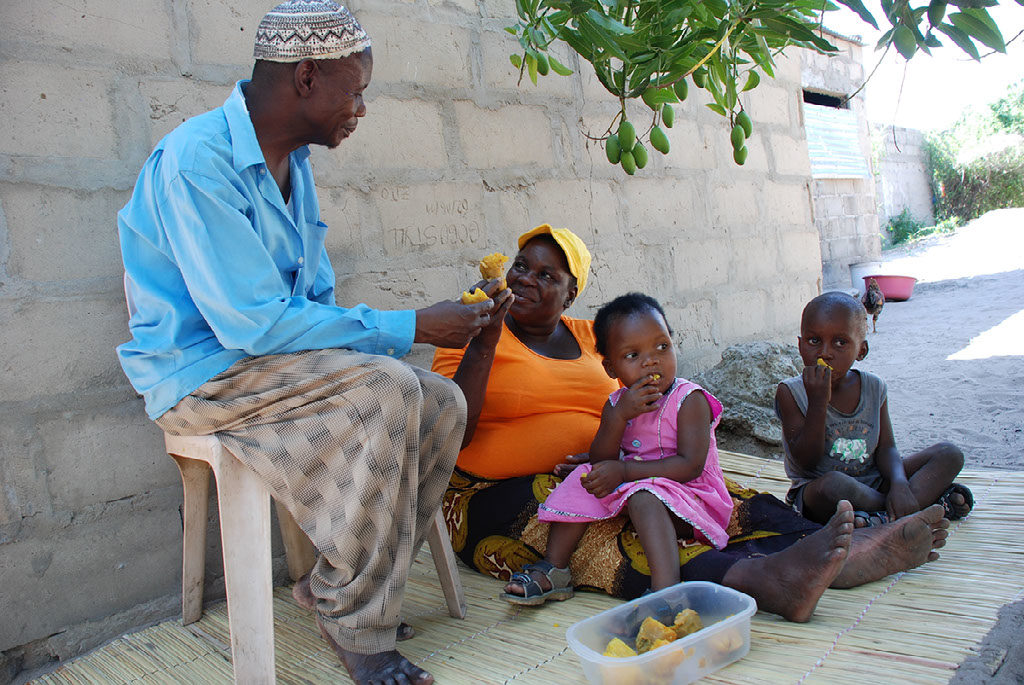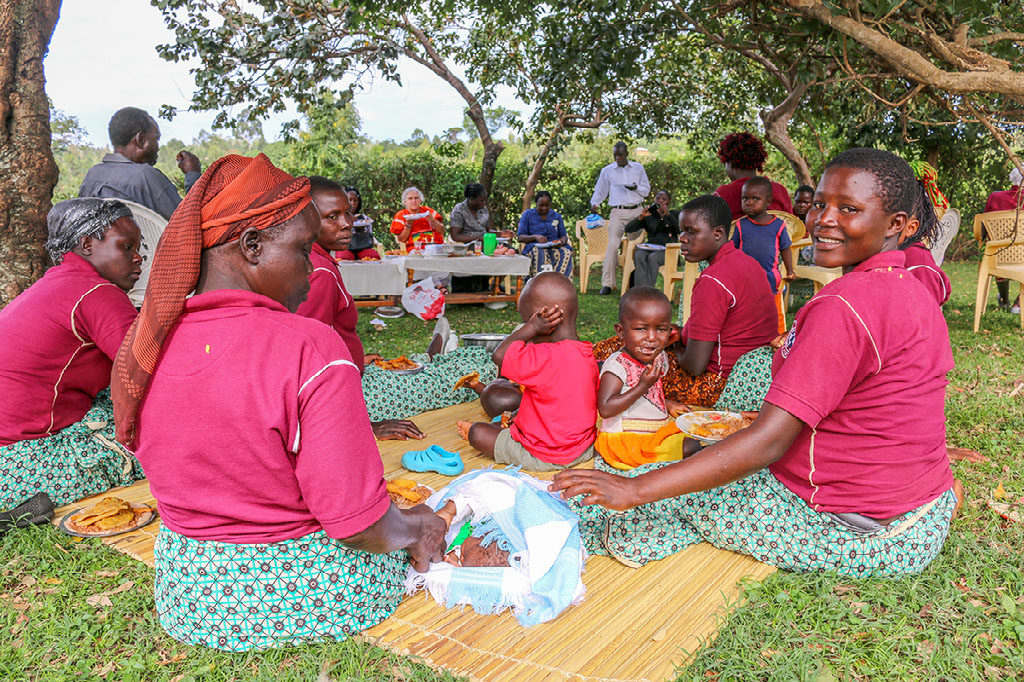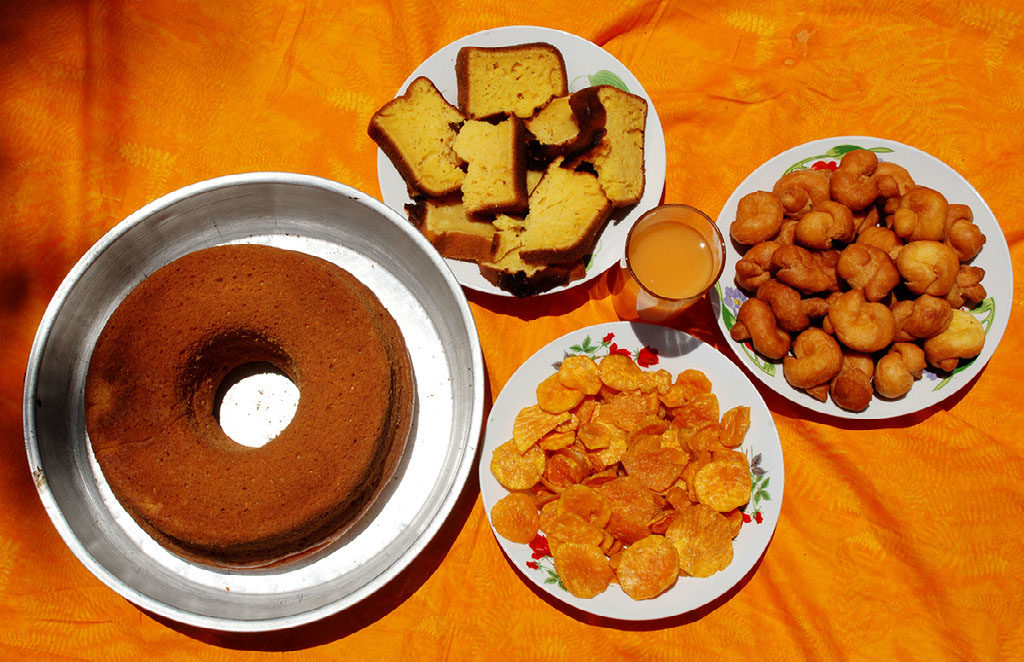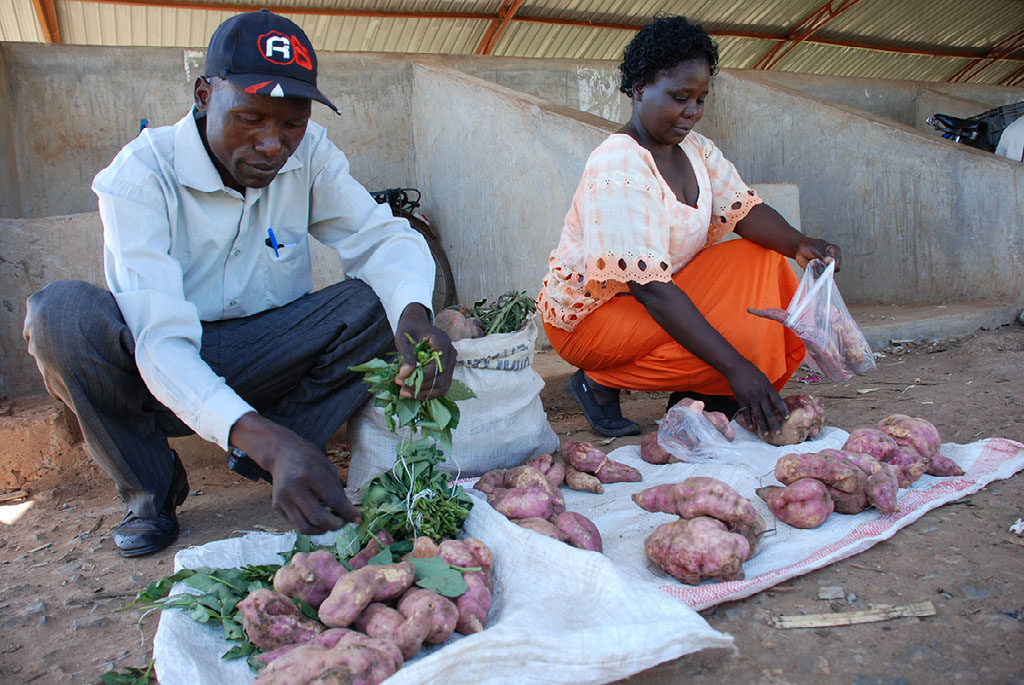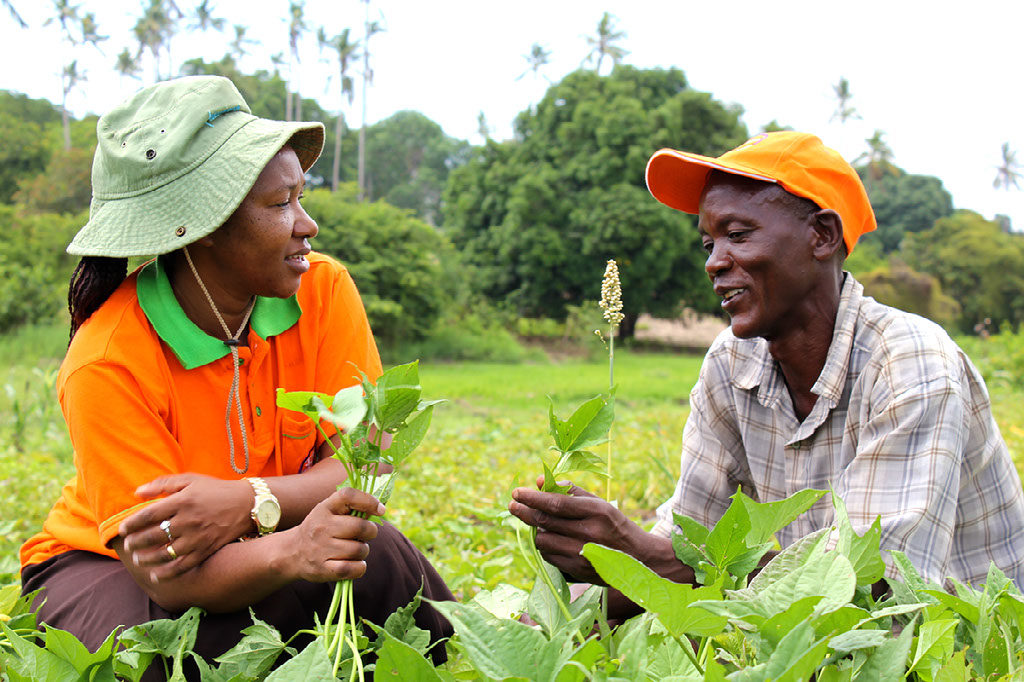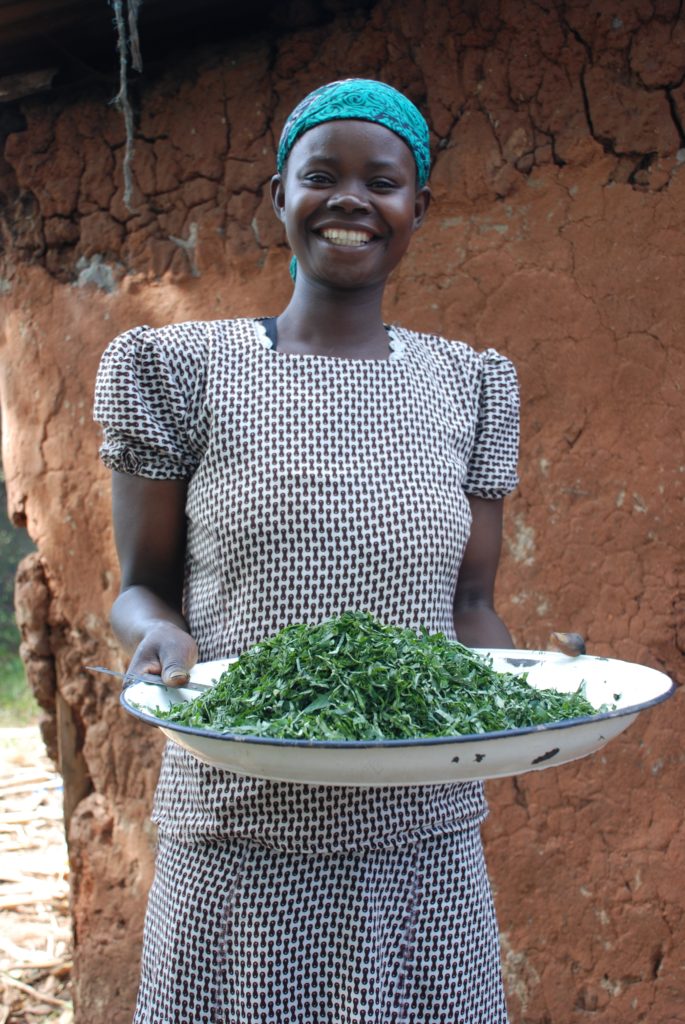Vitamin A deficiency affects over 140 million preschool children in 118 countries
Vitamin A deficiency (VAD) is one of the most pernicious forms of undernourishment in the developing world. It limits growth, weakens immunity, affects sight and increases mortality. Afflicting over 140 million preschool children in 118 countries and more than seven million pregnant women, it is the leading cause of child blindness in developing countries. Between 250,000 and 500,000 vitamin A-deficient children go blind every year, half of them dying within 12 months of losing their sight. VAD also weakens the immune system, increasing their risk children under five years of age dying from diarrhoea, measles and malaria by 20–24 percent.



